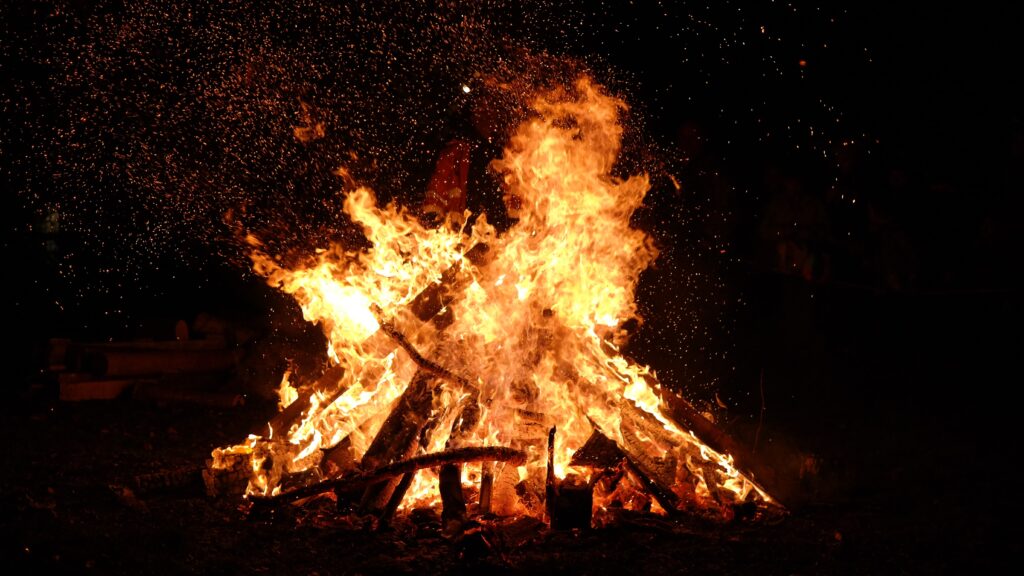
Irish Roots
Halloween, one of the world’s oldest holidays, was first rooted in the history of Celtic Ireland around 2,000 years ago. Celts celebrated “Samhain” on November 1st to commemorate the end of summer harvest and the beginning of the New Year. As Pagans, the Celts believed that on this day, the spirits of life met the spirits of death, crossing over to their world. So, customarily, the Celts lit bonfires and disguised themselves to repel and confuse the spirits that were believed to lurk.
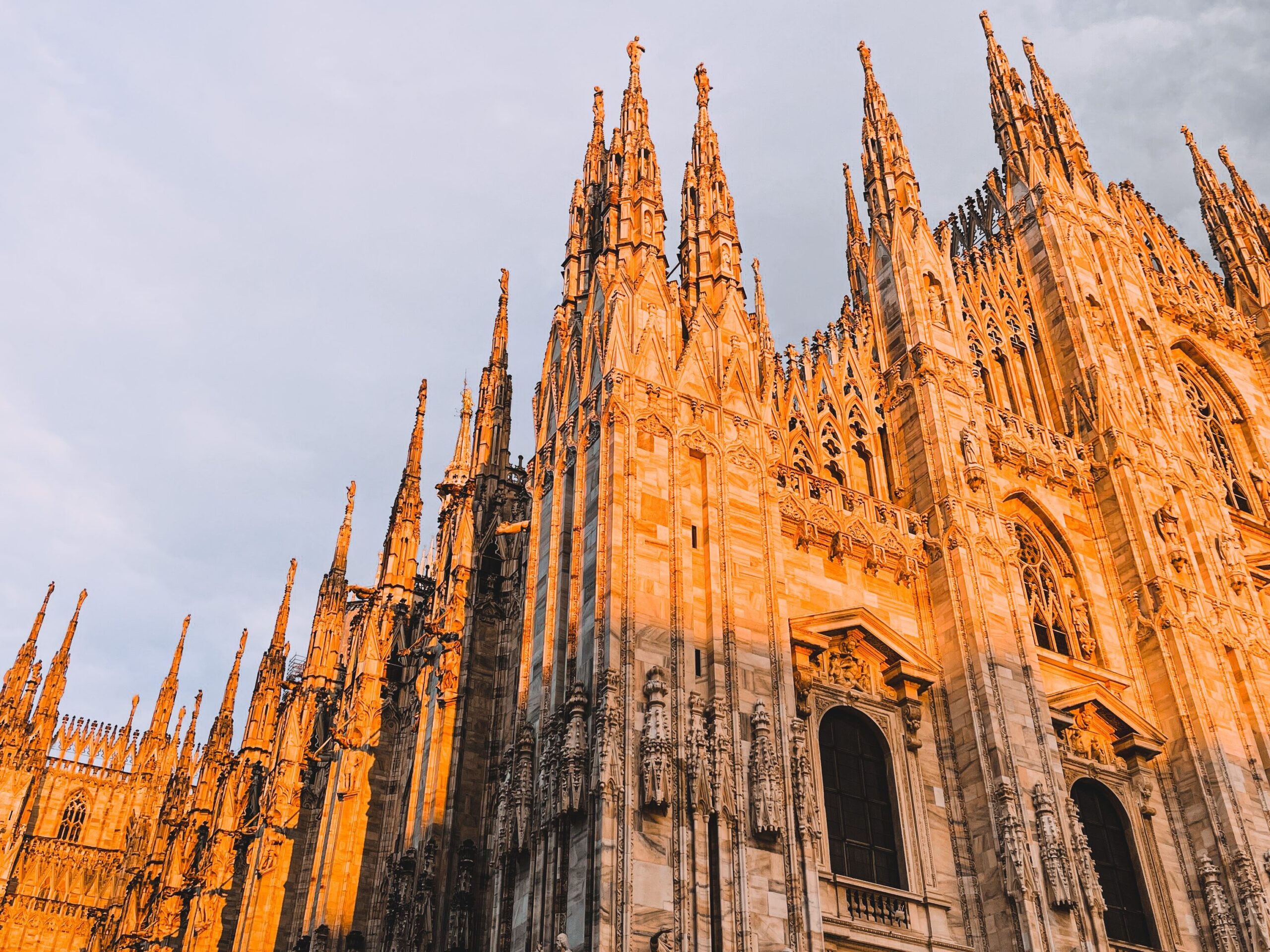
All Hallows Day Addition
Later, during the eighth century, Pope Gregory III established “All Hallows Day” to divert Pagans from their practice. This holiday, honoring all past saints was widely accepted in Europe but also merged with the previous practices. Soon, Samhain was celebrated on October 31st, known as “All Hallow’s Eve.” A new practice called “souling,” where poor children would go to wealthier families and exchange “soul cakes” (a type of bread) for a promise of prayer for their deceased, also added to the traditions taking place.
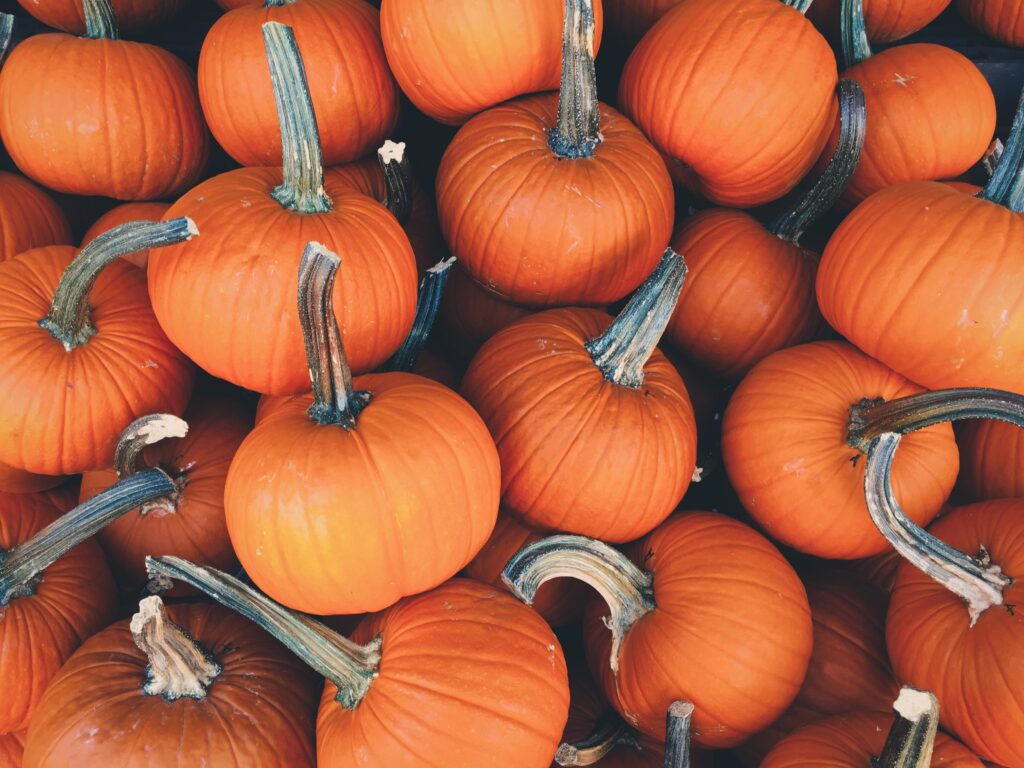
American’s Acceptance
Puritans, first moving to America, left behind the traditions of Europe. However, in the mid-nineteenth century, the Irish potato famine flooded America with immigrants, bringing their practices with them. In a melting pot of culture, the original large bonfires from Samhain shrunk to lanterns in gords, the disguises to confuse the spirits became costumes of all varieties, and the practice of “souling” evolved into “trick or treating.”

Family Reunions
Another tradition combining these traditions is “Dia de las Muertos” (The Day of the Dead), which takes place from October 31st to November 2nd. Honoring the lives of family members lost, the first day celebrated is meant purely for children. Known as “Día de los Angelitos,” on October 31st at midnight, spirits of children can rejoin their family for 24 hours. Spirits of adults lost follow on November 2nd, known as “All Saints Day.” Illuminating the graves of loved ones with candles, covering them with flowers, and serving large feasts are just a few of the many customs accompanying this ritual. This family reunion stems from the Christian practice of “All Hallows Day,” combined with the pre-columbian honor of the dead in Meso-American history.
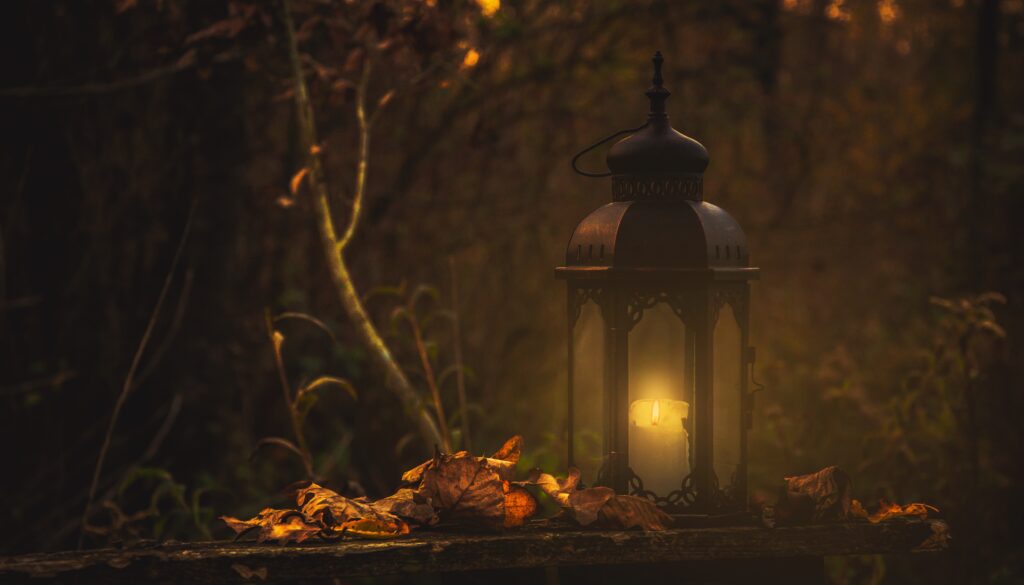
Variety Worldwide
From culture to culture, Halloween’s names and practices evolve depending on the local history, and it can appear vastly different from a single perspective. However, while Halloween has spread in popularity through different forms worldwide, the customs rooted in life and death are the primary motivating factors.
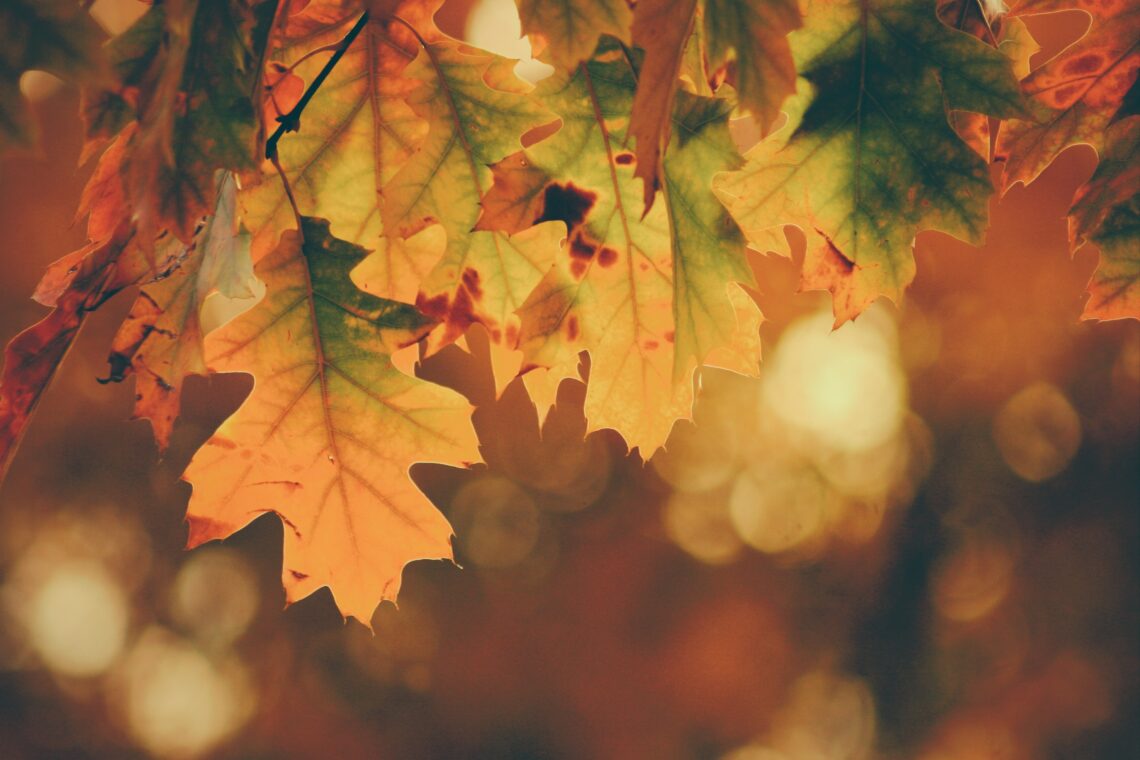
Photo by Timothy Eberly
Author: Savannah Schultz
For more information contact at:
Email: lookaliveblog@gmail.com
Insta: Look Alive Blog






Comments by Savannah Schultz